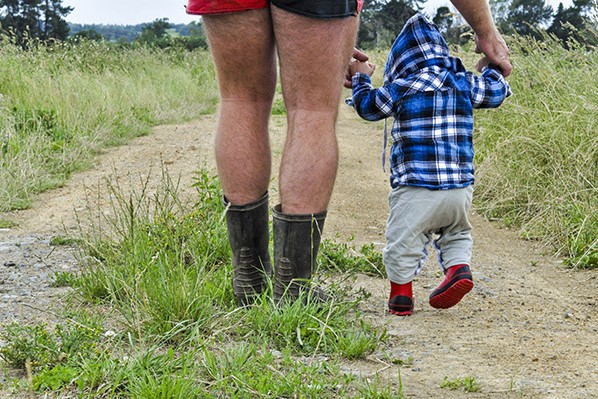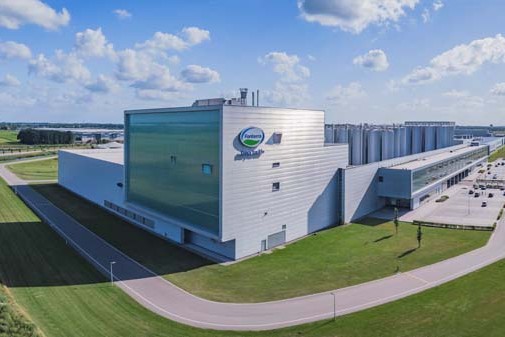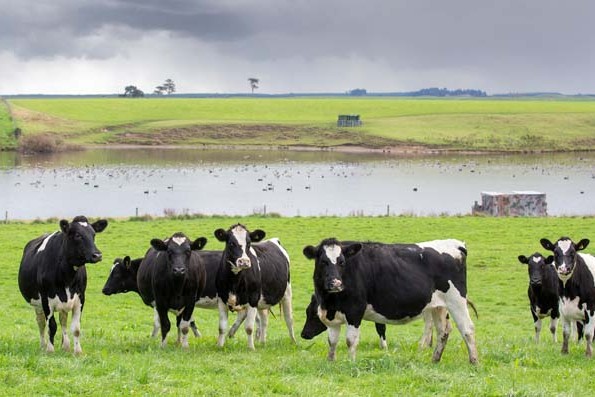Fears of a disastrous fall in European dairy prices are fading – Sjoerd Hofstee comments.
European milk factories dropped their milk prices by 2 to 4 euro cents/kg milk in March and April. Despite the fear that the slide would not stop there, there is now cautious optimism that the milk price will stabilise this summer and then rise again.
The rapid spread of the Corona virus from Asia across the world resulted in a shock for European dairy companies. FrieslandCampina’s CEO Hein Schumacher had already warned of serious problems due to the virus, not so much because people didn’t want to buy dairy products any more but because of the potential problems in delivering products to customers.
He was referring, among other things, to sea containers that usually sail back and forth between China/Asia and Europe but in January and February were all left on the docks of Asian ports. This crisis had a fairly large impact on FrieslandCampina and on the Netherlands as an exporting nation.
Nevertheless, the call for action by the European Union first came mainly from countries in Central Europe. Their dairy industries are generally much less dependent on exports but their market infrastructure is less well organised.
In March, milk prices in the Netherlands at FrieslandCampina fell by 2 euro cents or more. Before that the base level was above 35 cents, which is quite high historically. This was the price at 4.42% fat and 3.57% protein; for the Netherlands these are approximately the average levels of the milk components.
In other European countries, the base level was often slightly lower and the price fell even faster. This raised the cry for the EU’s help even more.
It usually takes a few months for the EU to take action on such price falls but the Corona virus and fears of a large price drop led to swift action by EU ministers and officials who launched the private storage facility in April. This means that now the EU buys milk powder from dairies and traders for the intervention price; a kind of bottom price. In April it was €1698/t for milk powder, which certainly created plenty of enthusiasm.
The psychological effect was at least as important – the fact that such a product could be sold and not dumped created peace in the market. This psychological effect is also precisely why others, including many dairy companies, are opposed to this move. All milk powder and butter bought by the EU will have to be returned to the market and sold in coming months and years.
This could have a depressing effect on the recovery of the dairy market. During the 2016 milk price decline the EU also stockpiled milk powder and the last stock was only sold in 2018, putting undue pressure on prices in 2017 and 2018.
Nevertheless, this year the EU was asked to act and did so. At present the effect appears to be positive. After a serious fear that the base level would drop below 30 euro cents, everything now indicates that it will remain at 32 to 33 cents for the coming months.
The stabilisation of the market has come about because of several factors: the catering industry is opening, the Chinese are buying again, the containers have been returned, and the US dairy market has collapsed making the US less competitive globally.
Rabobank analysts have been warning since March that Corona virus could not have come at a worse time. At present they seem wrong. The market was hit hard but demand did not really go down, apparently because it is stronger than previously estimated.
Meanwhile, the prices for powder, butter and cheese are rising again leading to cautious smiles on the faces of dairy industry leaders. Dairy farmers now dare to hope that a really disastrous milk price drop will pass them by.





